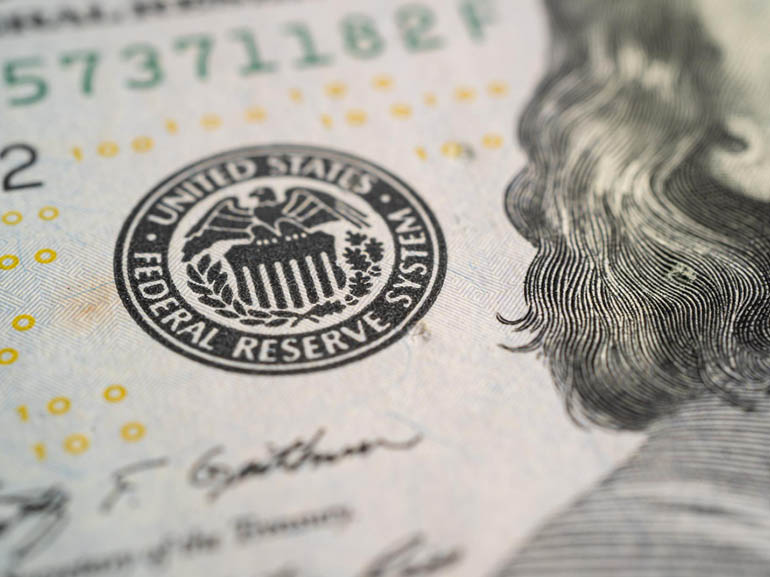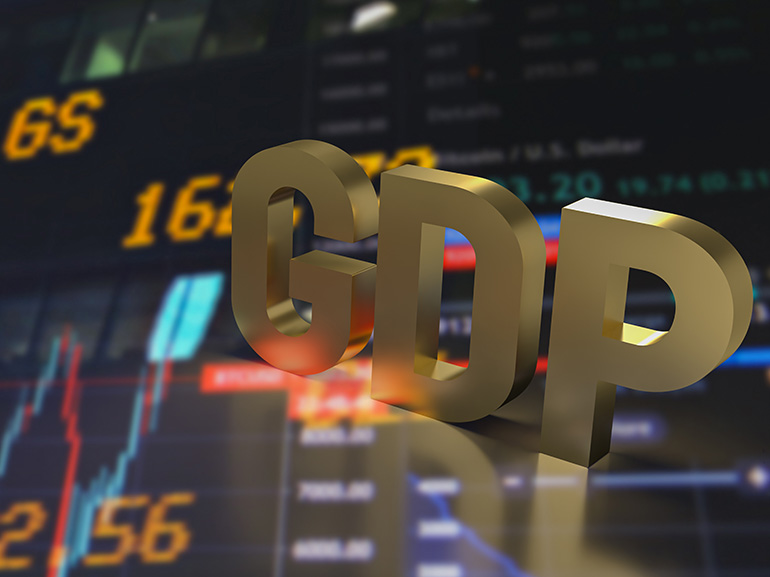Traders React to Trump’s Iran Warning
Markets were on edge on 17 June as hostilities between Israel and Iran stretched into a sixth day. With US President Donald Trump calling for Iran’s “unconditional surrender” and signalling possible military involvement, global investors responded swiftly, pushing oil prices higher and retreating from equities amid growing fears of a wider regional conflict.

Equities Dip, Oil Prices Surge
Share traders did not take long to react. Major US indices slid as Trump’s rhetoric and reports of a high-level national security meeting raised the likelihood of Washington joining the conflict. The lack of clarity about US intentions left investors cautious, especially as American military assets began repositioning in the region.
Traders were especially spooked by Trump’s post on social media claiming “complete and total control of the skies over Iran.” Though the US has so far limited its involvement to helping intercept Iranian missiles targeting Israel, the possibility of active strikes remained on the table. Comments from Vice President JD Vance and other officials reinforced the idea that all military options were under consideration.
Meanwhile, oil markets saw sharp movement. Brent (EB) hovered above $76 a barrel in early Wednesday trading, while crude oil (CL) climbed to near $75, levels not seen in nearly five months. Since Israel began air strikes on Iran the week prior, oil prices have gained around 10%. The upward pressure stemmed largely from fears that the conflict could soon spill over into the Strait of Hormuz.
Although Iran’s oil infrastructure has remained untouched so far, and there has been no direct interference in tanker routes, the strategic importance of the strait, through which about 20% of global oil flows, is impossible to ignore. Qatar’s move to delay LNG vessels from entering the waterway only added to the market’s nervousness. (Source: Yahoo Finance)
Tighter Market Signals
Beyond headline prices, the oil market structure also reflected tightening conditions. The futures curve showed a consistent pattern of short-term contracts being priced significantly higher than those further out. This shift typically signals expectations of near-term supply constraints and is often seen during periods of heightened geopolitical risk.
Fueling this dynamic was a reported drop in US crude stockpiles of over 10 million barrels last week, the most significant fall since the previous summer. If confirmed by official data, the market was already tight before the recent spike in Middle East tensions. Combined with potential disruption risks, the supply picture now looks far more precarious.
Safe haven assets such as gold (XAU) saw renewed interest, with investors seeking protection from both equity volatility and inflation risk driven by higher energy costs. The overall risk-off tone of the market was unmistakable, especially as the possibility of further escalation remained high. Political statements from both Israel and Iran made it clear that neither side was ready to back down.
Conclusion
In sum, 17 June proved to be a pivotal day for global markets as the Israel-Iran conflict showed signs of deepening. As the chance of American entry into the conflict grows, investors could continue to ditch risk assets in favour of safe havens. As long as diplomatic channels remain frozen, the market will continue to price in the risk of broader instability.
*Past performance does not reflect future results







